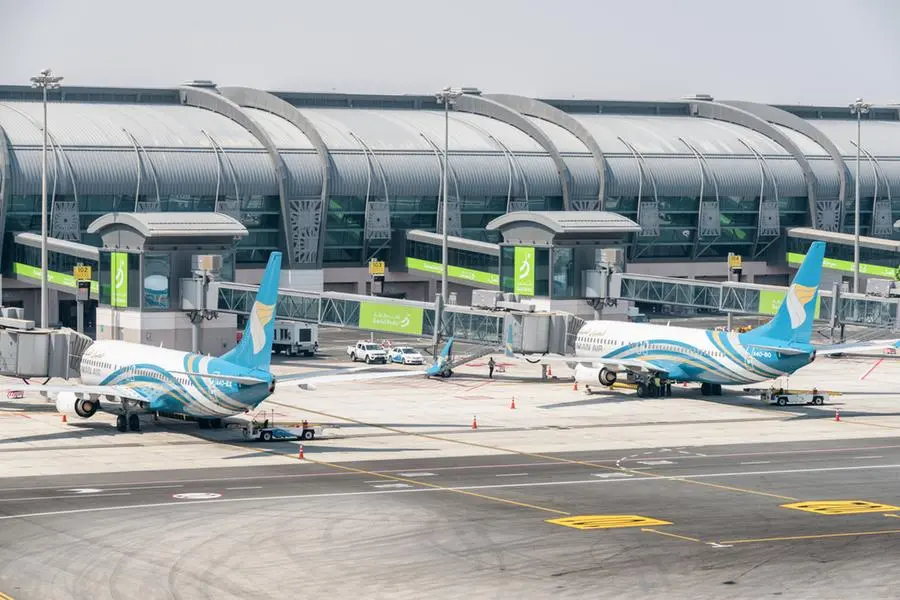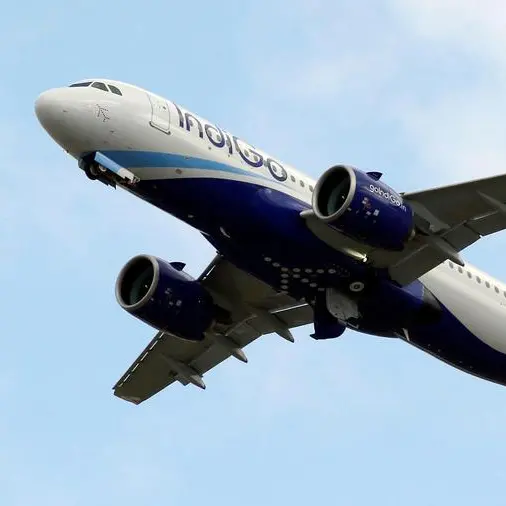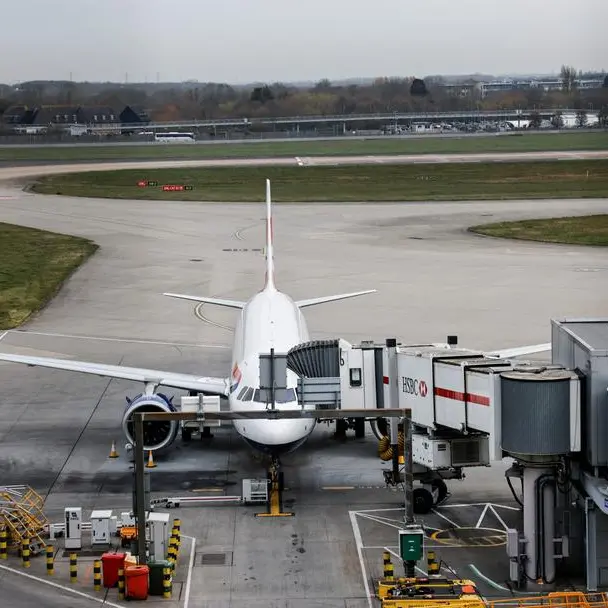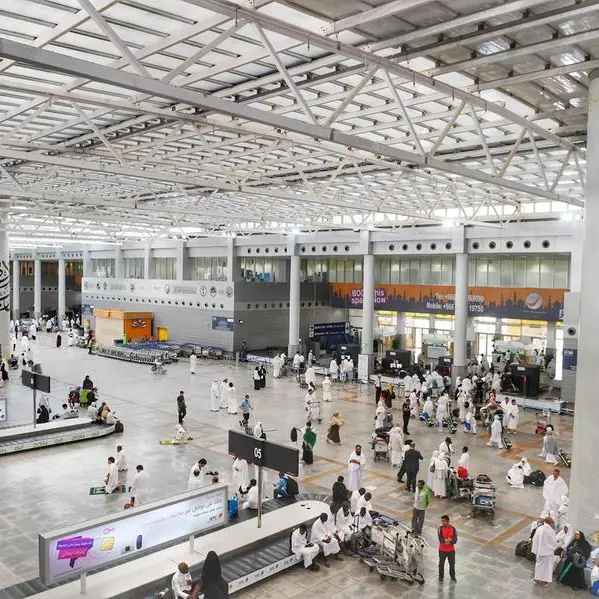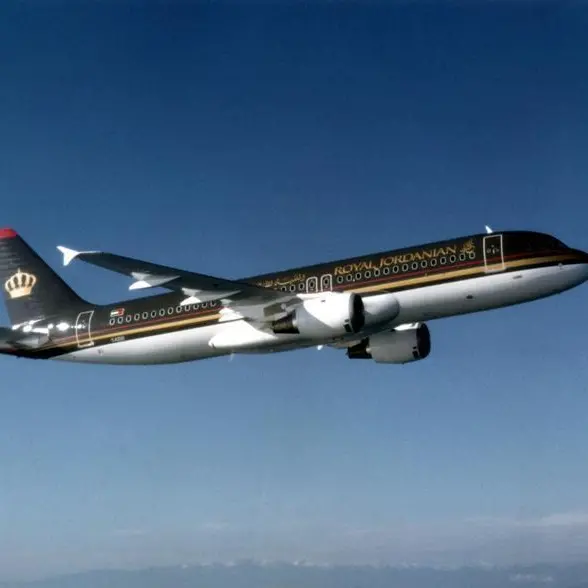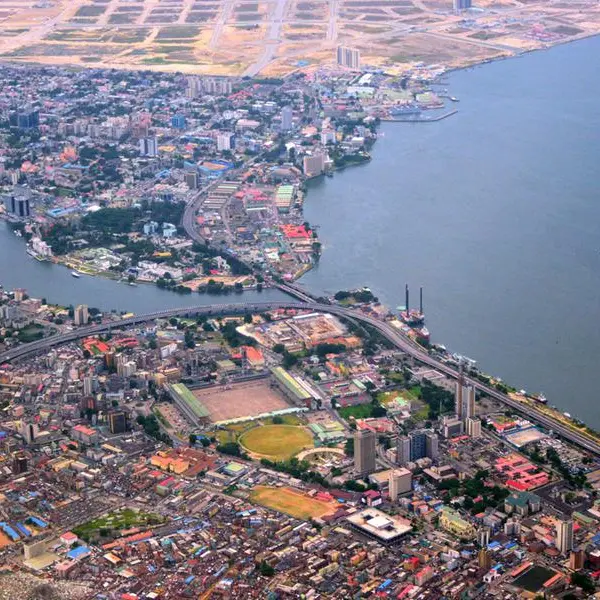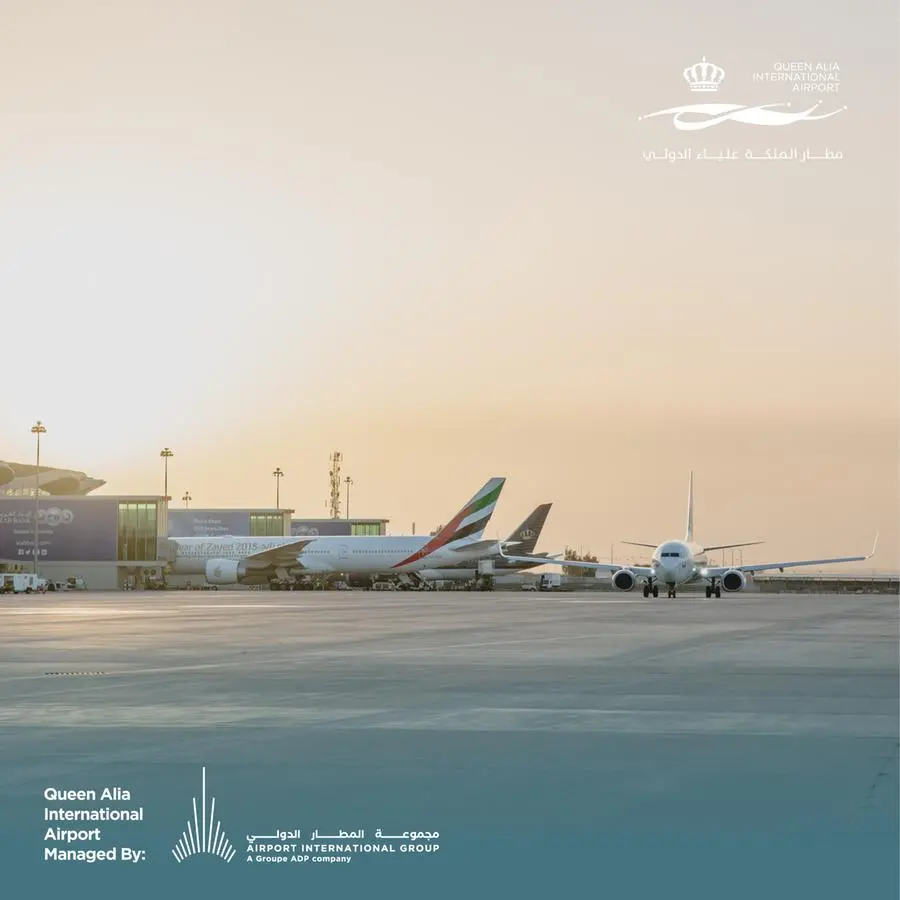PHOTO
Muscat, Oman - 17 October, 2018: Two Oman Air aircraft parked on the apron of Muscat International Airport. The airport is the main base of the national airline. View of gates at departure area. Image used for illustrative purpose. Getty Images
Oman airports are witnessing an increase in the number of passengers with tourist visas, alongside a 7-per cent rise in the number of passengers coming directly from their destinations to the Sultanate of Oman.
In his opening remarks during the annual media briefing, Eng Said bin Hamoud al Maawali, Minister of Transport, Communications and Information Technology, emphasised the importance of strategic collaboration between Oman Airports and Oman Air to enhance service quality and Oman’s competitiveness regionally and globally. He noted that the integrated vision between both companies reflects a national approach towards a prosperous and sustainable future for the aviation sector.
Speaking on the occasion, Hamood bin Musbah al Alawi, Acting CEO of Oman Airports, said that the main challenge is to ensure operational performance and the optimum use of assets.
Oman Air, which began its transformation in 2023, marked a number of significant milestones in 2024 as it seeks to achieve financial sustainability: EBITDA improved by 51 per cent, compared to 2023 (after audit); during 2024. Oman Air carried over 5.4 million passengers, with the number of available seat kilometres (ASK) reported at around 19.4 billion. Point-to-point traffic increased to 40 per cent of passengers, up from 27 per cent in 2019. Oman Air achieved 92 per cent On-Time Performance.
Oman Airports launched a comprehensive transformation strategy to improve efficiency and passenger experience through self-service baggage drop systems, advanced crowd management solutions, a centralised digital dashboard and system upgrades across airports.
Despite facing legacy challenges such as high emergency maintenance costs and underutilised airport land, the company recorded significant milestones, the statement added.
The ground handling volume in Oman is very small compared to other airports and the presence of two operators reduced prices and affected Transom’s business, which forced the company to review the contracts as they did not benefit from the business.
In 2025, passenger traffic at Muscat International Airport increased by 12.9 per cent compared to 2023, and is expected to return to pre-Covid levels by 2026, with transit passengers.
Salalah Airport is nearing its full capacity and receiving direct flights from Europe.
Around 71 employees from Oman Air who were affected due to the restructuring were absorbed by Oman Airports.
Salalah Airport has surpassed 2019 figures by 17.3 per cent, with RO 114.5 million in operational revenues, RO 42.6 million in total group revenues, RO 23.5 million net profit (+15 per cent), the highest EBITDA since establishment (+43 per cent), and a 33-per cent increase in shareholder equity.
2022 © All right reserved for Oman Establishment for Press, Publication and Advertising (OEPPA) Provided by SyndiGate Media Inc. (Syndigate.info).
